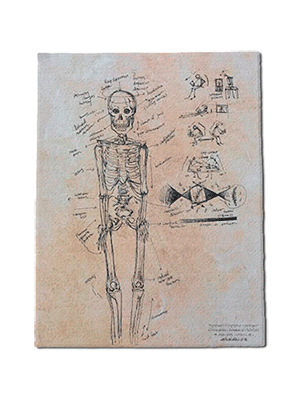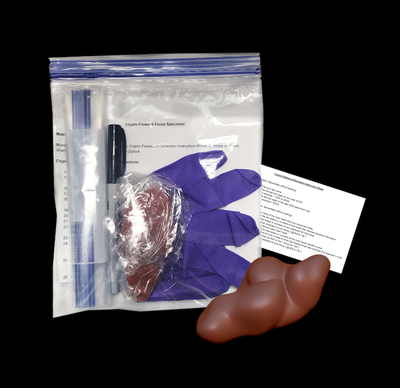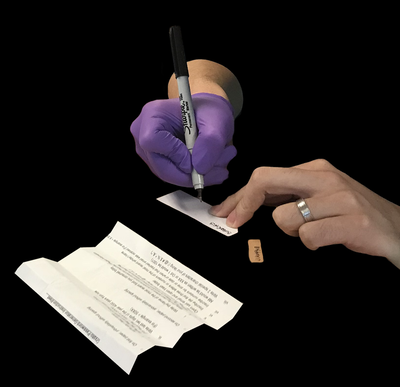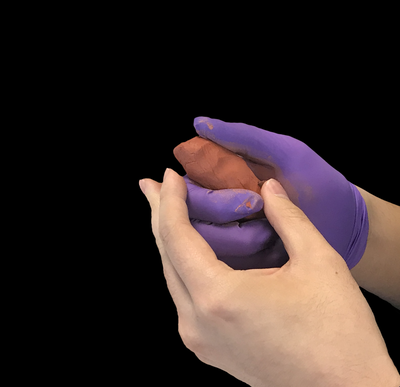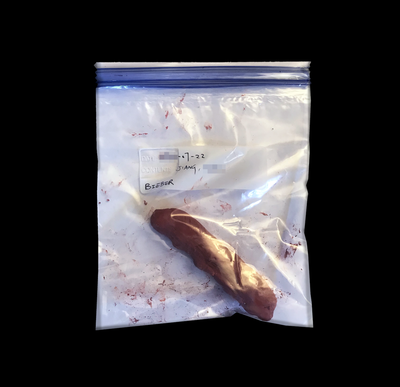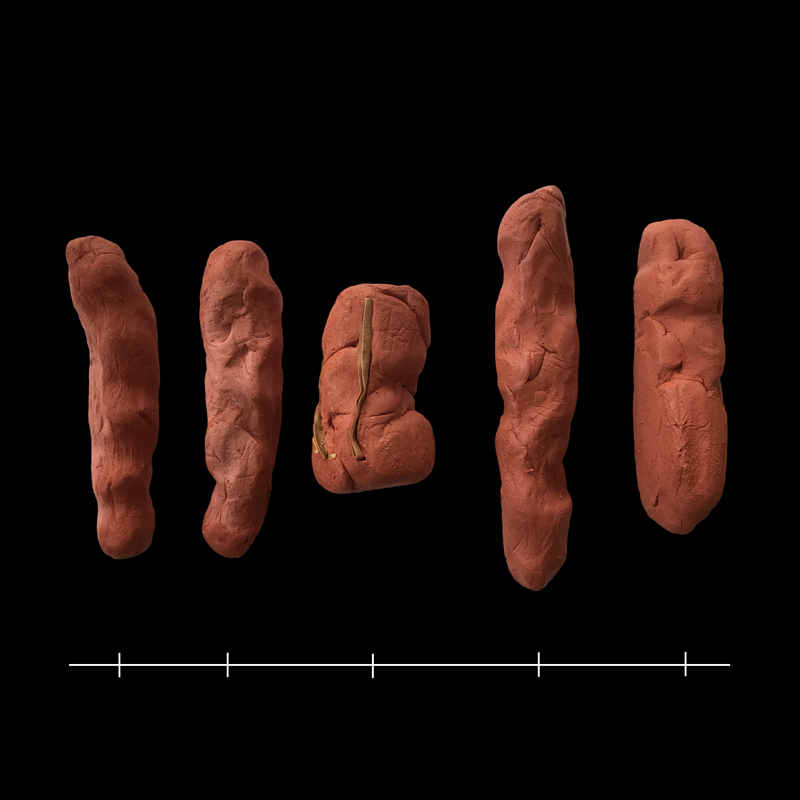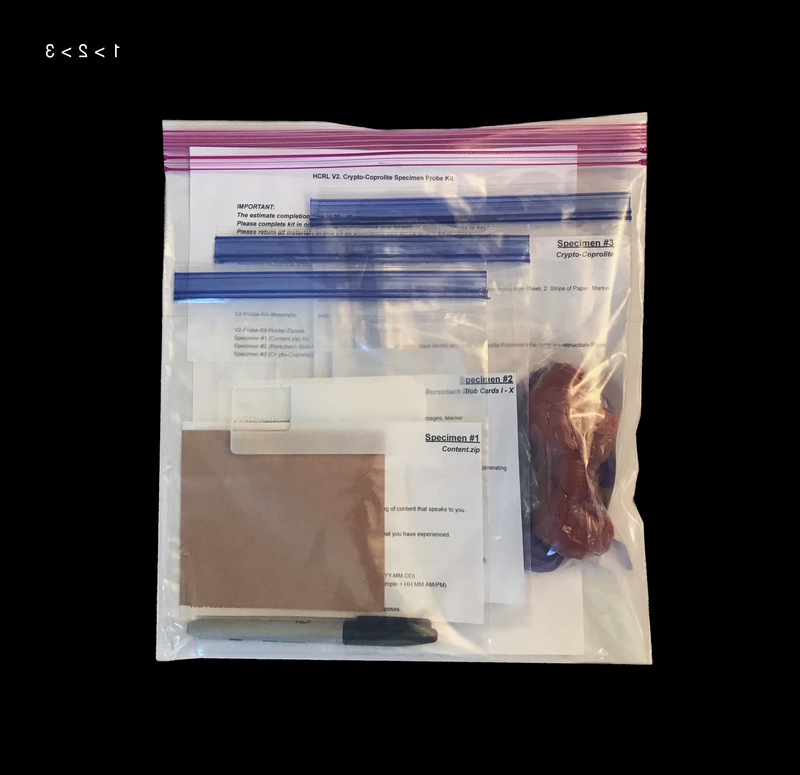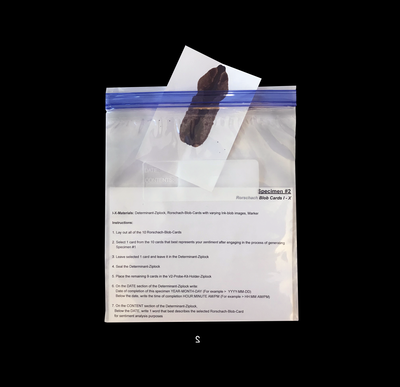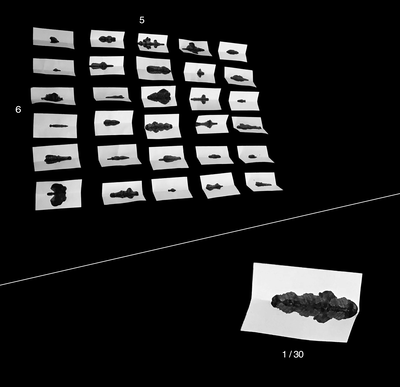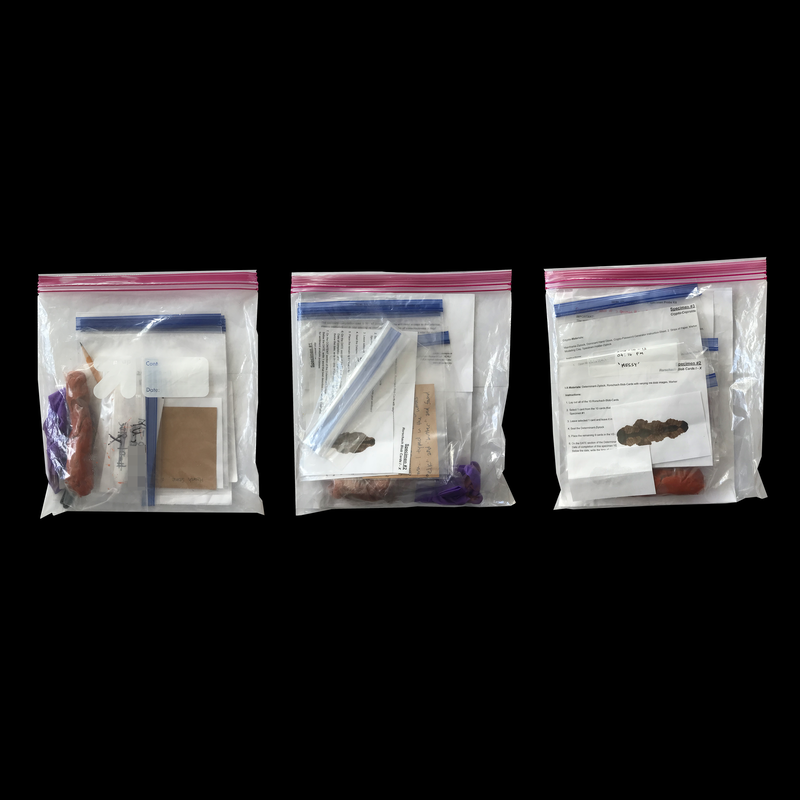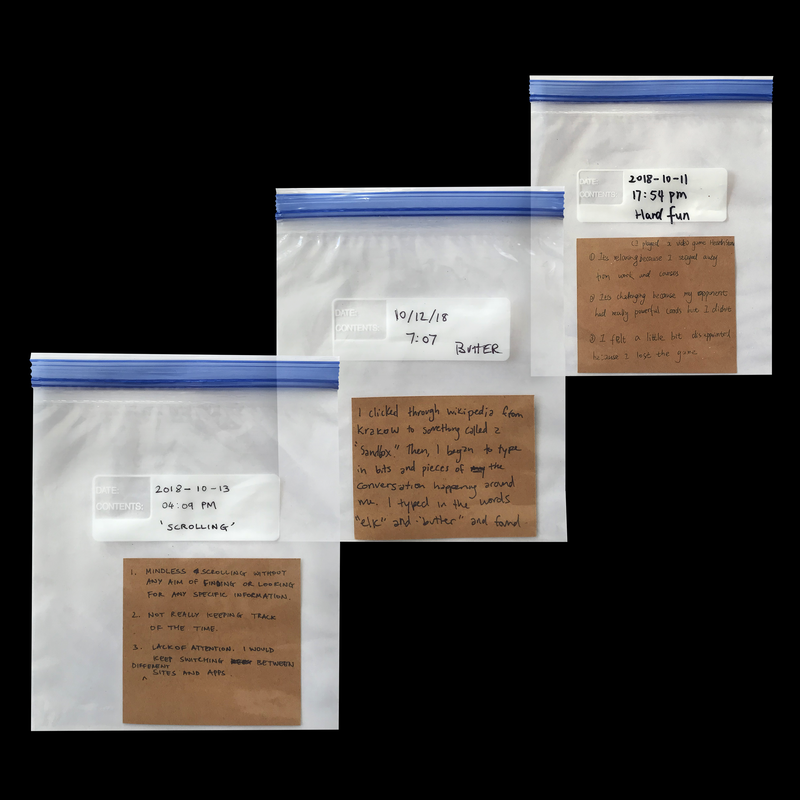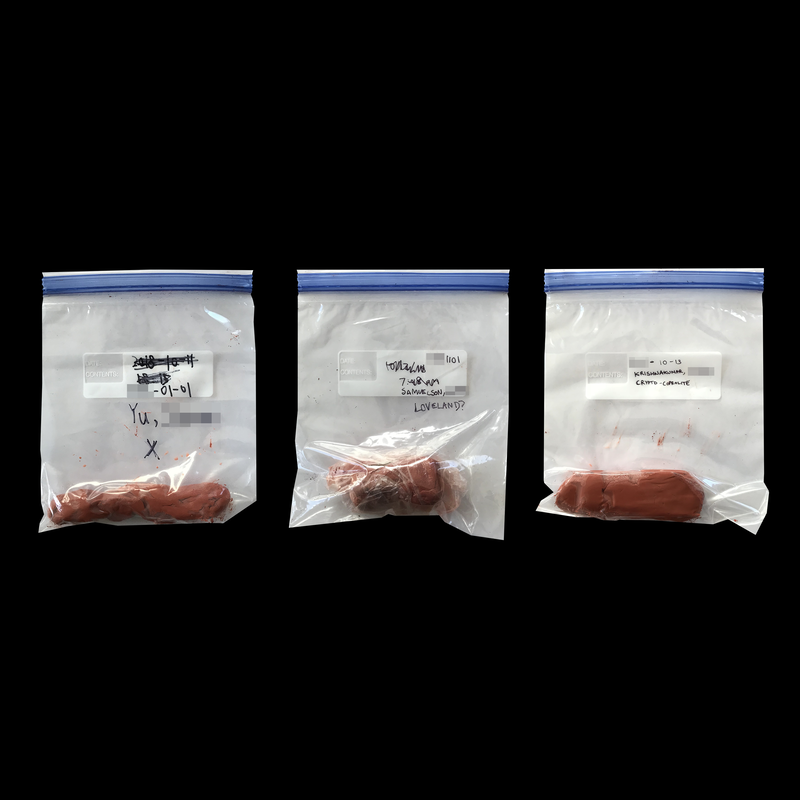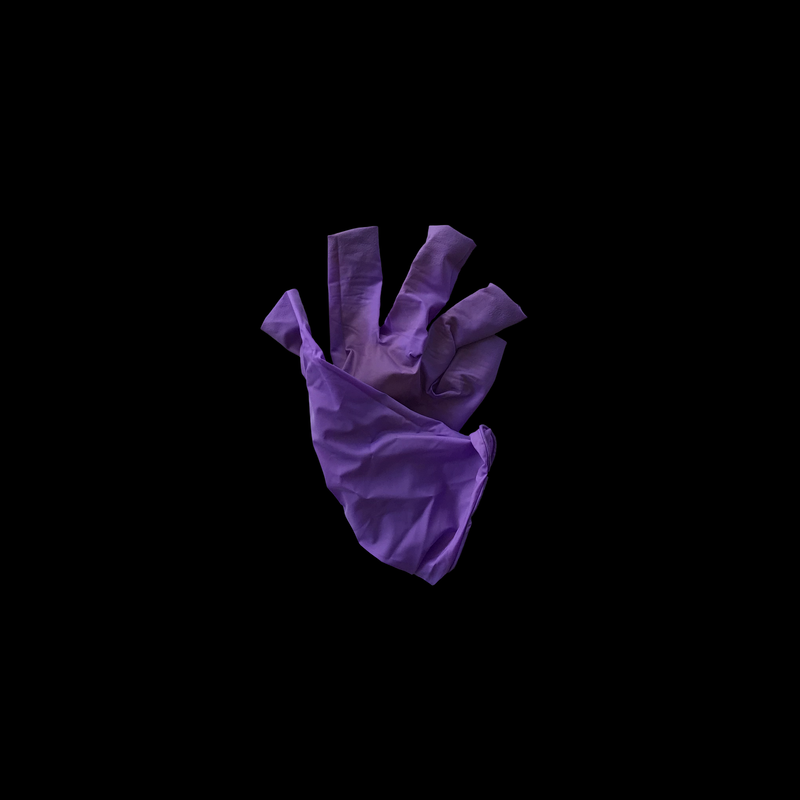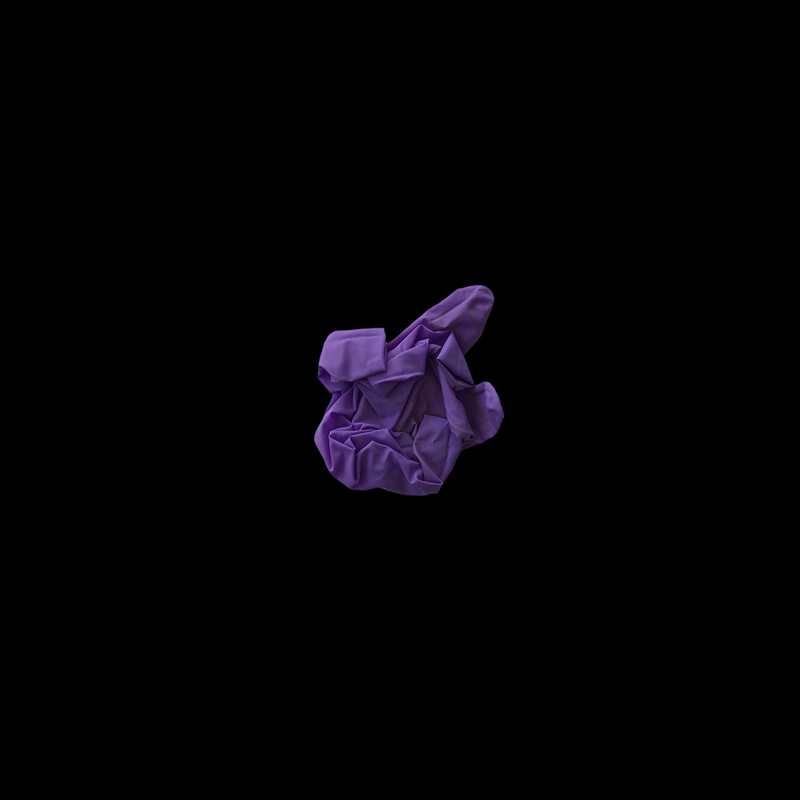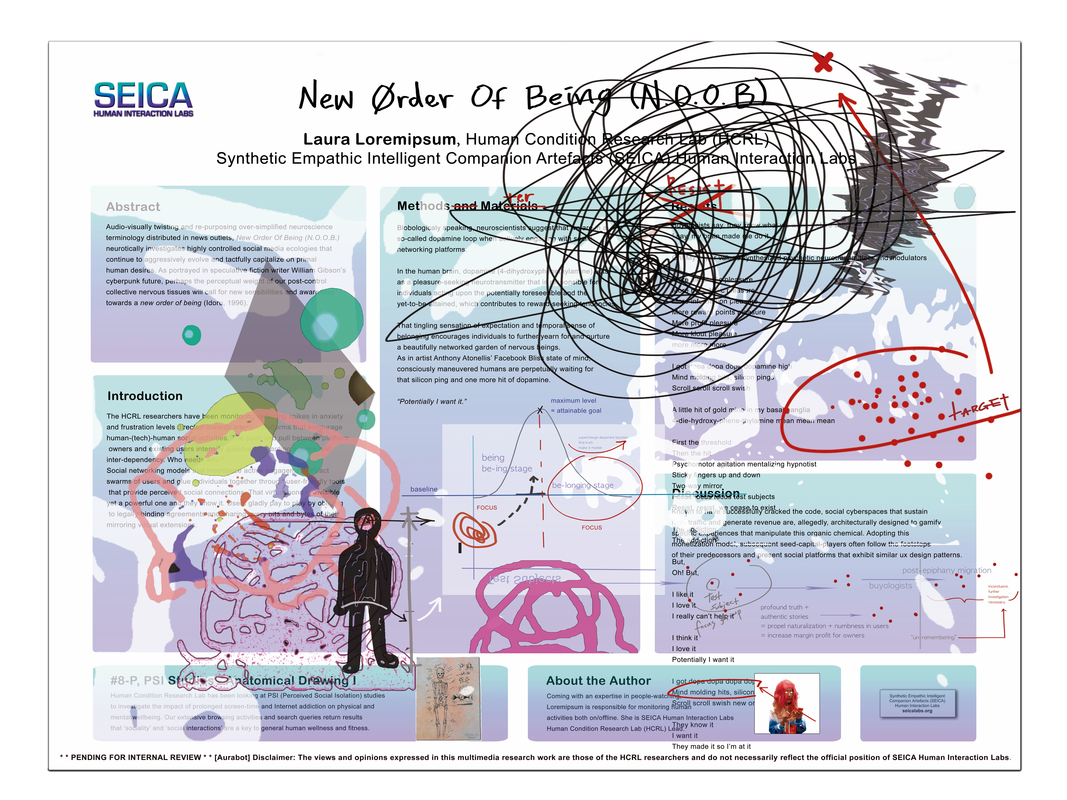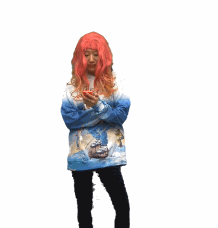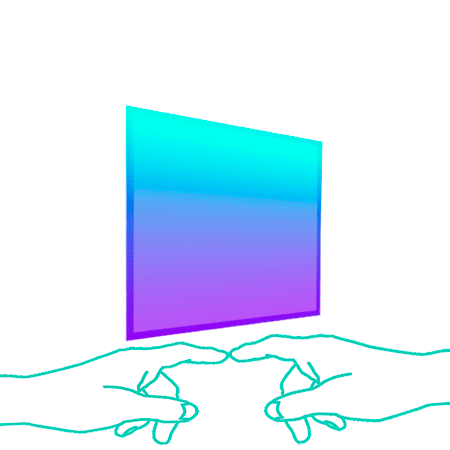Human Condition Research Lab (HCRL)
HCRL Multimedia Research
Crypto-Coprolite Specimen Probe Kit
“We are what we consume.
We are what we discharge of what we consume in this brave new world.”
- Laura Loremipsum, HCRL Lead
The trajectory of this research follows the HCRL’s primary objective examining yearnings for connectivity and human tactility in a post-buttonless-world and explores how this desire affects and materializes in the physical human body. As a physical materialization of the synthetic artefacts that were excavated and applied in the HCRL’s research thus far, the provocations that have been presented through digital means is now materializing offscreen through the plausible language of design.
Our inquiry started from observing the inundation of digital media and consumer products that populate a specific view of innovation by means of leveraging and perpetuating the desire for convenient and efficient consumption habits and dietary lifestyles. Hypothesizing the networked physical body as a materialized conduit for this anticipation, our research started to reverse-engineer this desire for innovative consumption pivoting our focus towards the rarely seen and unspoken consequential remnants of this modern forward-thinking sentiment.
What is happening behind our bodies in the digital age? Turning our space of inquiry towards the physiology of the human body, our research attempted to materialize the daily consumption of digital media in forms of humanized residue. How can a strangely designed experience evoke a guttural response and bring attention to our bodies that are constantly digesting digitally transmitted content that meddles with our perception on innovation? Taking all of this into consideration, what fossilized future feces will generations after generations after generations excavate?
The Crypto-Coprolite Specimen Probe Kit V1 and V2 experiment was by large in collaboration with our voluntary IRL human subjects. The generated Crypto-Coprolite Specimen was consistent in form among the subjects indicating that there is indeed a shared awareness and sentiment towards the data-fication of being and, proven by their ability to produce the specimen itself, that most 21st century networked humans, who participate in the digital media ecology, are capable of leaving both physical and digital traces.
> FULL HCRL LAB NOTES
Trash Queen Pulverator (T.Q.P.)
“DO NOT put your hands or a living thing.
DO NOT feed plastic. DO NOT feed fakes.
DO NOT feed your lies or die pulverating.”
- Laura Loremipsum, HCRL Lead
Who is the Trash Queen Pulverator that creeps under the sink and magically churns food into waste? Further examining the operating instructions for this steel-hearted ruthless monarch, the HCRL researchers soon realize that even the merciless acts of a garbage-grinding pulverator can be systematically tamed through a “few simple steps.”
Trash Queen Pulverator (T.Q.P.) makes surgical incisions in the perceptual interconnectivity of human and machine and brings awareness to all operating agents that are involved in maintaining a fine balance between (non)living systems. The intense toxicity of fumes resulting from the poetic severance and reconfiguration of natural and artificial activities evoke an uncalled for urgency. For machines, operating instructions surface the vulnerability and fragility of artificial systems while also providing the operating human agents with a sense of control and being controlled by the opacity of the operating rules. For humans, autonomous nervous systems are uncontrollable natural processes that bring awareness to human physiology and projection of hidden bodily systems. As disposables are for pulverators and as consumables are for the human digestive tract, a form of laborious energy is required for both systems to properly function, dynamically deconstruct and seamlessly transition the state of involved materials.
Accelerating and postponing technological obsolescence, 21st century humans find value in the culminating residue, reflecting on the invisible cultural workings of machines and pondering over their own metabolic existences. From material to semiotic “waste,” what is left is an absurd sense of striking parallelism and cybernetic embodiment that is manifested through the ontological makings of a posthuman that is not-just-animal and not-just-machine but a self-positioning state of vis-surreal optimization in an unstable reality.
> FULL HCRL LAB NOTES
New Order Of Being (N.O.O.B.)
Original Soundtrack "Hybrid" by SEICA Resident Research Fellow Chris Corrente
* * AUTO-FLAGGED AND PENDING FOR SEICA INTERNAL REVIEW * *
This is a controversial research project that was presented after SEICA Human Interaction Lab’s mysteriously epic cloud meltdown fiasco.
[Aurabot] Disclaimer: The views and opinions expressed in this multimedia research work are those of the HCRL researchers and do not necessarily reflect the official position of SEICA Human Interaction Labs.
* * AUTO-FLAGGED AND PENDING FOR SEICA INTERNAL REVIEW * *
This is a controversial research project that was presented after SEICA Human Interaction Lab’s mysteriously epic cloud meltdown fiasco.
[Aurabot] Disclaimer: The views and opinions expressed in this multimedia research work are those of the HCRL researchers and do not necessarily reflect the official position of SEICA Human Interaction Labs.
"Buyologists say, they know what we want, before what we want.
I say, my brain made me do it.
Oh! My hyper valued synthesized psychotic neurotransmitters and modulators."
- Laura Loremipsum, HCRL Lead
Audio-visually twisting and re-purposing over-simplified neuroscience terminology disseminated through news outlets, New Order Of Being (N.O.O.B.) neurotically investigates highly controlled social media ecologies that continue to aggressively evolve and tactfully capitalize on primal human desires. As portrayed in speculative fiction writer William Gibson’s cyberpunk future, perhaps the perceptual weight of our post-control collective nervous tissues will call for new sensibilities and awareness towards a new order of being (Idoru, 1996).
HCRL Research Overview
Laura Loremipsum, SEICA Human Condition Research Lab Lead
The Human Condition Research Lab (HCRL) examines noticeable spikes in viral trends and fads that suggest a continued yearning for connectivity and human tactility in a post-buttonless-world and explores how this desire affects and materializes in the physical human body. Every second, millisecond of a second, new content is generated and circulated through mobile phones, computers, and tablets. Through social network platforms that allow voluntary documentation and gamify nonlinear status updates, people-watching and the surveillance of people-watching-behavior has become a more fluid day-to-day activity.
By conducting qualitative phenomenological research down the rabbit hole in the digital realms of social media and popular news sources, our lab focuses on collecting documentations of human behaviors that are classified as idle gestures. Through online field research, we specifically sample idle gestures portrayed in the popularity of multimedia content that provides vicarious sensorial stimulus. Starting from a pool of content tagged as feels, oddly satisfying and so relaxing, we intend to dive deeper into the wonders surrounding sensory activities specifically related to slime, asmr, and fidget toys. As part of the on-going experimentation and data collection, the lab runs Human Satisfaction Surveys to monitor human mood shifts, based on activities that focus on online and off-screen sensory experiences, and collects empirical evidence for tactility and connectivity.
Based on this empirical research, the lab reflects on the physique of the modern human body. Known human-tech-body case studies such as the so-called Text Neck syndrome as covered by The Atlantic in 2014 and keeping eye contact while focused on screen skills are taken into consideration to observe the physical transformations of the networked body that is bound to the apparatus being used. Taking Leonardo Da Vinci’s anatomical drawings as a foundation, the lab attempts to capture and create visual renderings of the modern human physique.
By conducting qualitative phenomenological research down the rabbit hole in the digital realms of social media and popular news sources, our lab focuses on collecting documentations of human behaviors that are classified as idle gestures. Through online field research, we specifically sample idle gestures portrayed in the popularity of multimedia content that provides vicarious sensorial stimulus. Starting from a pool of content tagged as feels, oddly satisfying and so relaxing, we intend to dive deeper into the wonders surrounding sensory activities specifically related to slime, asmr, and fidget toys. As part of the on-going experimentation and data collection, the lab runs Human Satisfaction Surveys to monitor human mood shifts, based on activities that focus on online and off-screen sensory experiences, and collects empirical evidence for tactility and connectivity.
Based on this empirical research, the lab reflects on the physique of the modern human body. Known human-tech-body case studies such as the so-called Text Neck syndrome as covered by The Atlantic in 2014 and keeping eye contact while focused on screen skills are taken into consideration to observe the physical transformations of the networked body that is bound to the apparatus being used. Taking Leonardo Da Vinci’s anatomical drawings as a foundation, the lab attempts to capture and create visual renderings of the modern human physique.


